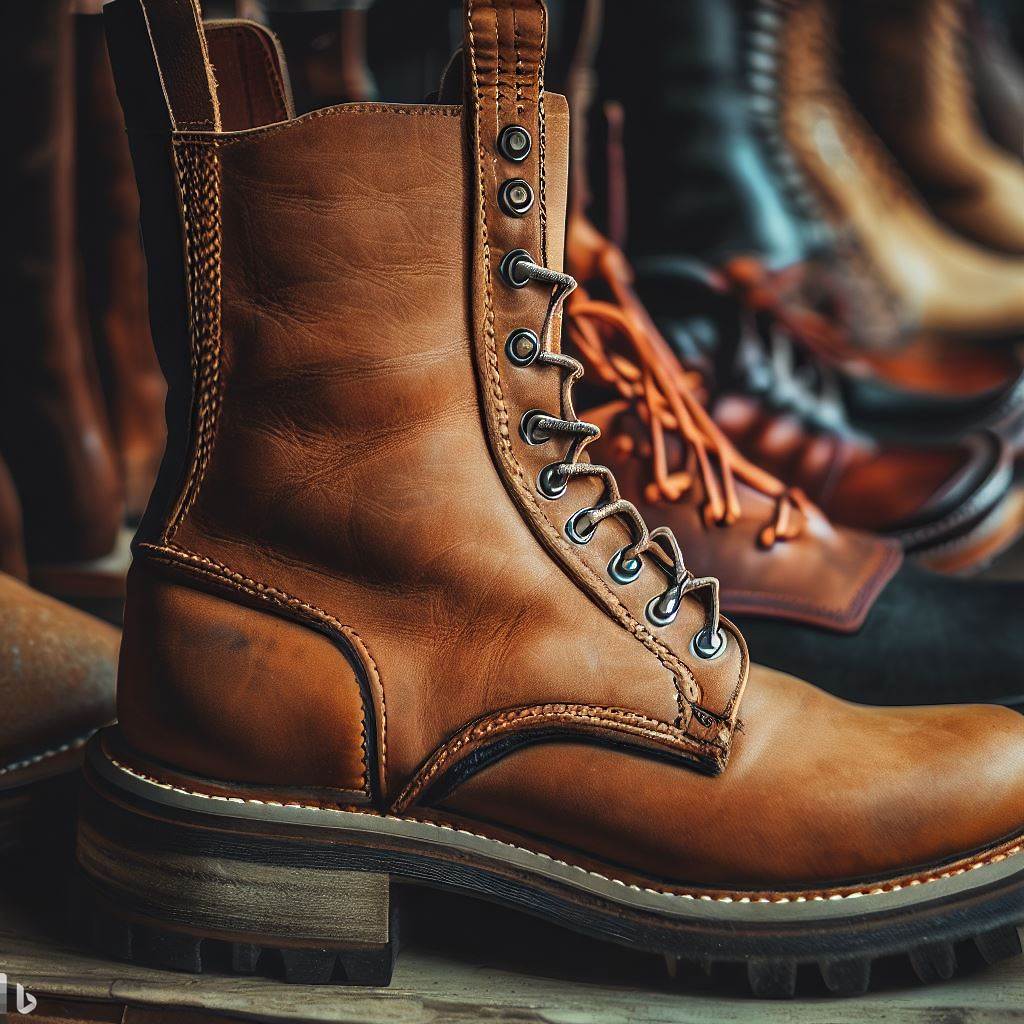The Therapeutic Effects of Leatherworking: Crafting Joy and Relaxation
Introduction
The mindfulness, sensory engagement, and satisfaction leatherworking provides increasingly draws attention from neuroscience and healthcare fields for its measurable therapeutic benefits for wellbeing. From anxiety relief to motor recovery, evidence confirms leathercrafting enhances mental, physical, and emotional health through its meditative, repetitive motions and emotional rewards.
In this article, we explore research on leatherworking’s scientifically studied positive impacts, how medical programs employ it for therapy, and how makers themselves describe leathercrafting’s subjective uplifting effects. As society grapples with increased depression and digital overload, rediscovery of purposeful hands-on hobbies like leatherwork provides a timely therapeutic outlet promising profound personal fulfillment.
The Science Behind Leatherworking’s Benefits
Emerging studies analyze how the physical and mental processes of leatherworking induce measurable positive nervous system changes that combat stress and fatigue.
Finding Flow States
fMRI scans show leathercarving activities trigger increased dopamine levels and neural activity patterns associated with joyful “flow” states from managed levels of engagement. Focused motion snaps makers into immersive flow.
Reduced Stress Hormones
Tests measuring makers’ cortisol (stress hormone) levels before and after leatherwork show sizeable reductions. Just thinking about upcoming leather sessions begins lowering stress biomarkers.
Synchronized Brain Waves
EEG readings indicate rhythmic leatherwork actions synchronize left and right brain hemisphere activity. This harmonizing effect contributes to lowered anxiety and meditative calmness.
Restored Mental Clarity
Studies confirm activities like hand-stitching significantly boost cognitive skills like focus, planning, and memory when performed for just 30 minute sessions. Leatherwork counteracts mental fuzziness.
Applications For Healing And Therapy
This clinical evidence of leatherworking’s benefits inspired innovative programs successfully integrating it into healing and neuro-rehabilitation regimes.
Coping With Trauma and PTSD
Therapists guide trauma survivors in leatherworking to help regulate extreme emotions and recover a sense of capability and calm. The stabilization crafting brings aids processing grief.
Boosting Motor Skills Rehabilitation
Occupational therapists increasingly employ measured leatherworking activities to help patients recovering from spinal injuries, strokes, or Parkinson’s regain critical hand coordination, dexterity, and grip strengths in motivating ways.
Building Confidence and Focus in Children
Leather programs teach struggling kids hand-eye coordination, attention stamina, confidence, and vocational skills. Producing quality work develops a sense of pride and achievement.
Improving Assisted Living Wellness
Leathercrafting classes at senior and memory care facilities provide quality of life improvement through creative engagement. Leather’s textures stimulate senses dulled by dementia.
Benefits Reported by Leatherworking Practitioners
Beyond clinical studies, leather crafters themselves also attest to profound mental, emotional, and social wellbeing improvements from their hobby.
Stress and Anxiety Relief
Makers struggling with everyday pressures or even clinical anxiety speak of achieving a meditative like calm absorption during leatherwork that quiets rumination and worry. The hands ground the mind.
Self-Esteem and Confidence
Leatherworking provides concrete small achievements and skill cultivation that builds a lasting sense of self-efficacy. Pride in objects made boosts confidence beyond just mood.
Purpose and Meaning
Spending time on heritage crafts offers remedy to modern alienation through purposeful making. Leather’s past connections inspire commitment to a meaningful tradition larger than oneself.
Social Bonds and Friendship
Shared passion for leatherwork leads to close camaraderie online and in-person through guilds. Physical making fosters emotional bonds often absent digitally. Support uplifts.
Future Horizons in Leathercraft Therapy
Efforts to formalize therapeutic leatherworking and make its benefits more accessible thrive through initiatives like these:
Medical Prescriptions for Crafts
Some doctors already prescribe specific durations of leatherwork alongside medication to enhance mood disorders, dementia, or addiction recovery through quantifiable creative engagement.
Equine Assisted Therapy Partnerships
Pairing leather saddlery or harness-making skill lessons with equine therapy’s existing benefits for autism, PTSD, and disabilities provides powerful hybrid rehabilitation. Craft and animal bonds heal.
Scientific Validation Expanding Access
As neurological research further validates leatherworking’s contributions to wellness, more healthcare policies may subsidize prescribed therapeutic leatherworking programs just as they do other therapies.
Virtual Reality Enabling Immersion
For bedridden patients, VR may soon offer simulated leatherworking tasks through haptics, allowing hospitalized individuals healing engagement. Digital tools expand craft’s reach.
Conclusion
The intense sensory experience, mindfulness, problem-solving, and meaning derived from ancestral crafts like leatherworking provide unique cognitive and emotional benefits to practitioners proven by compelling neurological and medical research. Yet numbers alone cannot convey the sense of fulfillment at the core of why humans have worked leather for millennia — to feel competent, connected, and at peace. Leather responds to the pressures of life not through escape but mindful purposeful creation. While research continues quantifying leatherworking’s measurable impacts, individual practitioners already intuitively know its irreplaceable therapeutic gifts from their own two hands. Each precisely tooled leather piece shapes neural pathways as it simultaneously shapes a resilient soul.
